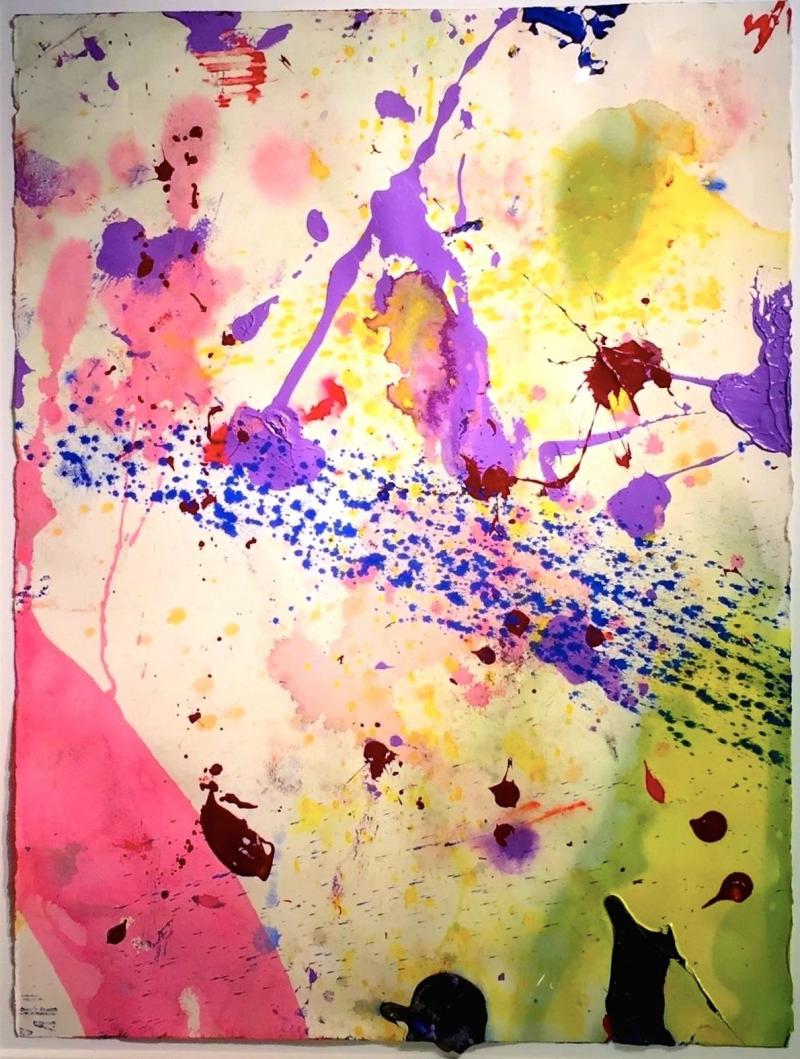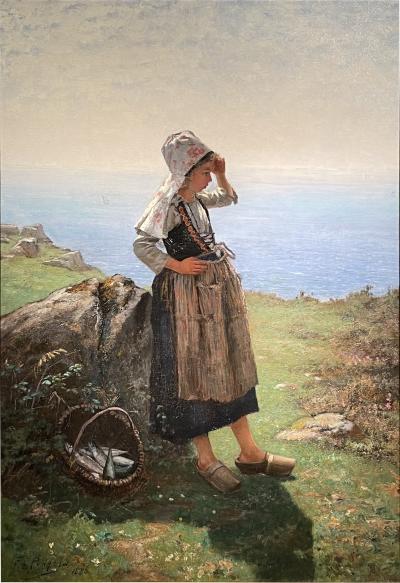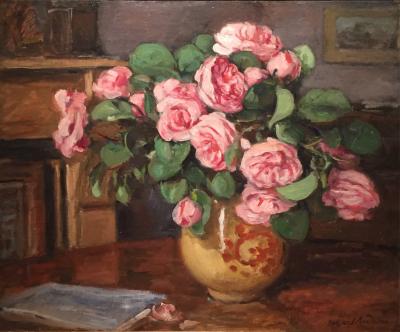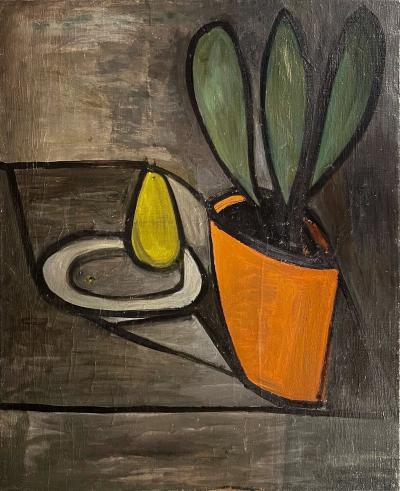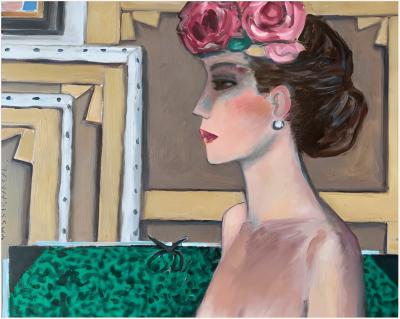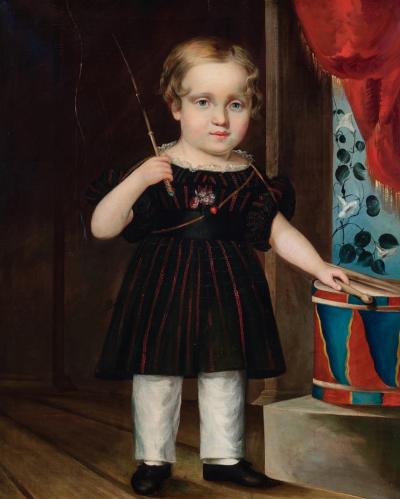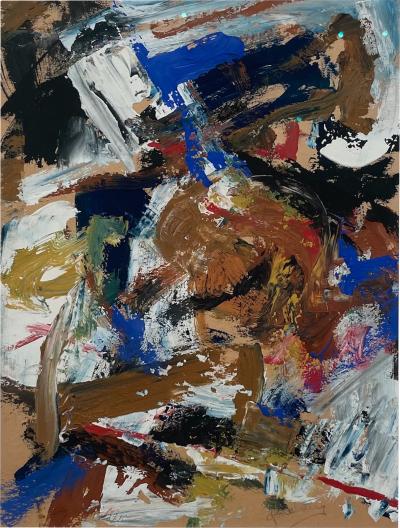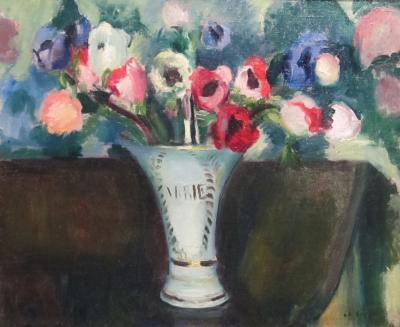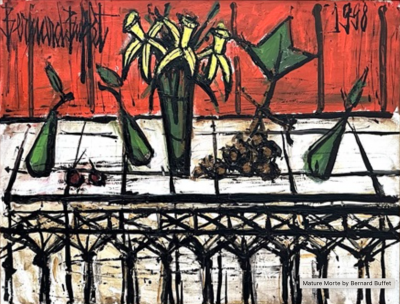UNTITLED (SF90-342)
-
Description
Sam FRANCIS
1923 - 1994
UNTITLED (SF90-342)
Executed in 1990.
stamped with the Sam Francis Estate stamp on the reverse
acrylic on paper
75 by 56.5 cm., 29 1/2 by 22 1/4 in.
framed: 44 x 36 1/2 inches
PROVENANCE
Galerie Delaive, Amsterdam
Galleria San Carlo, Milan
Private Collection, Europe
Private collection, New York
This work is identified with the interim identification number of SF 90-342 in consideration for the forthcoming Sam Francis: Catalogue Raisonné of Unique Works on Paper.This information is subject to change as scholarship continues by the Sam Francis Foundation.
Sam Francis (1923-1994)
Considered one of the premier colorists of the twentieth century, Sam Francis is best known for dramatic, lushly painted works comprised of vivid pools of color, thinly applied. Drips, gestures, and splatters of paint in his work have led many critics to identify him as a second-generation Abstract Expressionist, but Francis has also been compared to Color Field artists on the basis of large, fluid sections of paint that seem to extend beyond the confines of the pictorial surface. In 1964, the influential art critic Clement Greenberg included Francis in his celebrated exhibition Post-Painterly Abstraction at the Los Angeles County Museum of Art. In the catalogue, Greenberg described Post-Painterly Abstraction as both being related to and distinct from Abstract Expressionism. Greenberg wrote, “By contrast with the interweaving of light and dark gradations in the typical Abstract Expressionist picture, all the artists in this show move towards a physical openness of design, or towards linear clarity, or towards both.”
Francis was born in San Mateo, California, in 1923. He originally studied medicine and psychology at the University of California at Berkeley, before serving in the U.S. Air Force. During a lengthy hospital confinement as a result of spinal tuberculosis, Francis began painting. After his release, he continued to study painting, first with David Park at the California School of Fine Arts in San Francisco and then at U.C. Berkeley, where he majored in art and eventually earned both a B.A. and an M.A. During the late 1940s, he began producing and exhibiting his earliest abstract paintings. Francis was initially influenced by the work of the Abstract Expressionists, and he incorporated many of their techniques and ideas in his work. Despite this influence, Francis’s art was also in close dialogue with modern and contemporary French art. His references ranged from the Water Lilies of Claude Monet, which inspired many of Francis’s idea about atmosphere and space, to Pierre Bonnard and Henri Matisse, whose conceptions of pure color were particularly resonant.
Launching what would turn out to be a decade of travel abroad, Francis left California for Paris in 1950 and studied briefly at the Académie Fernand Léger. While there, he became friendly with the Canadian artist Jean-Paul Riopelle and several American artists, including Joan Mitchell, as well as more established European artists including Alberto Giacometti. Francis quickly began exhibiting his work—he participated in the 1950 Salon de Mai in Paris and as well as several group shows, including the critic Michel Tapié’s celebrated 1951 exhibition, Un Art Autre , which was shown in both Paris and London. By 1952, Francis was showing his work in several solo exhibitions and high-profile group exhibitions, such as “12 Americans” at the Museum of Modern Art (1956) and “New American Painting” (1958), both of which were curated by Dorothy Miller, and 1959 exhibitions Documenta II and the Bienal de São Paulo.
While in Paris, Francis became associated with the tâchistes (from the French word, tâche , meaning a splash or stain). Artists in this group developed a style of gestural action painting that reflected an expressive, painterly aesthetic and the artists’ desire to highlight the beauty of their materials, as opposed to portraying psychological or philosophical concerns.
In works made after the mid-1950s, Francis investigated perceptions of light and color by contrasting glowing jewel tones with large areas of white. Francis described his career-long interest in light as being “not just the play of light, but the substance of which light is made.” Francis’s depiction of the shifting effects of light and large patches of pure, glowing color recall both the effects of stained-glass windows in Gothic cathedrals and Paul Cézanne’s watercolors, in which he attempted to “draw with color.” Francis’s frequent visits to Aix-en-Provence, the town in southern France where Cézanne, mesmerized by the local light, created most of his mature works, reinforced a connection between the projects of the two artists. In Francis’s later works, he incorporated the light and colors of Southern California, where he lived almost exclusively after 1961.
During the 1950s, Francis made many extended visits to Japan, where he owned a home and a studio. Japanese calligraphy and art, particularly the Japanese use of negative space, had a profound influence on his art. White in Francis’s work does not function simply as a ground against which he applies color. Rather, the white areas are engaged in active dialogue with the colors. White visually structures the work, directing colors into patterns, while simultaneously amplifying and diminishing the intensity of the tones. Francis also incorporated the spirit and aesthetic of haboku, a Japanese style of drips and flung ink, in his paintings and prints. He employs a variety of marks, ranging from small drips dispersed across the surface, to broad horizontal and diagonal lines that appear to reference calligraphic forms. -
More Information
Period: 1980-1999 Materials: acrylic on paper Condition: Excellent. Creation Date: 1990 Styles / Movements: Abstract Expressionism, Post War, Contemporary Incollect Reference #: 255465 -
Dimensions
W. 22.25 in; H. 29.5 in; W. 56.52 cm; H. 74.93 cm;
Message from Seller:
Schillay Fine Art, Inc. Located in New York City, Schillay Fine Art continues the legacy of M. Edwin Schillay, specializing in 19th-century British art, Impressionism, Post-Impressionism, Modern, and Post-War art. For inquiries, contact 212.861.8353 or Richard@Schillay.com.















